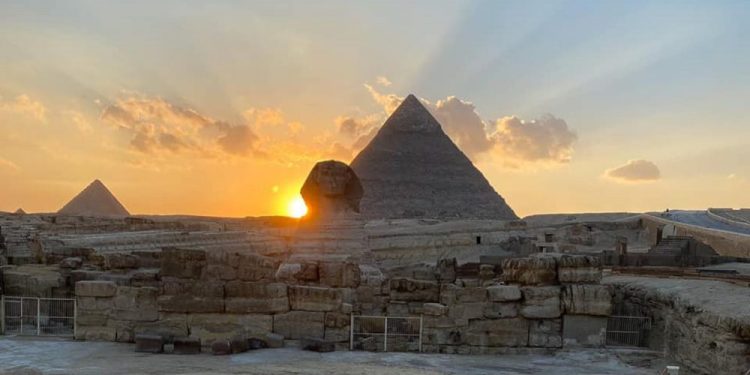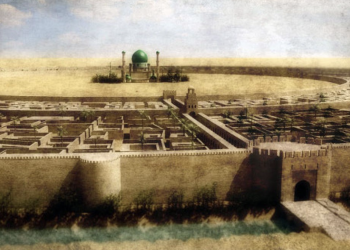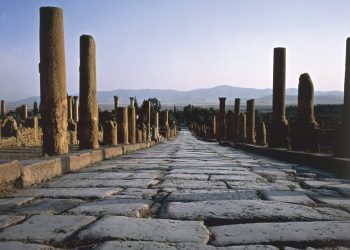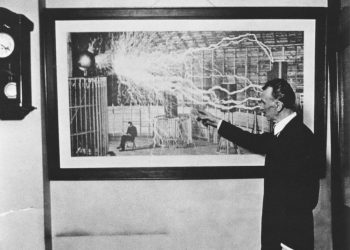It’s so old that already to the ancient Egyptians who lived under King Tut’s rule, the Sphinx was an ancient statue. It is so old that it is believed to have been restored for the first time more than 3,500 years ago. For much of its history, the Sphinx was buried beneath Egypt’s golden sands, and various Pharaohs worked on excavating it.
It is so old that some of its most basic facts are still subject to debate among experts. The truth is, we still don’t know with accuracy when the statue was carved, we don’t know by whom it was carved, and the Sphinx’s exact purpose continues eluding us.
It is also impossible to accurately identify its original name since there are no written records about the Sphinx dating back to the Fourth Dynasty of ancient Egypt. The Sphinx does not appear in any known inscriptions of the Old Kingdom, and experts have not recovered a single inscription that describes its construction or purpose.
An Ancient wonder
It is no surprise that the ancient Egyptians were incredible astronomers, mathematicians, and engineers. They were excellent architects as well, and their skills in various forms of art are untouched. Because of this, it isn’t surprising to find that they embedded some pretty distinctive features within their many monuments.
For example, the Great Pyramid of Giza is the only known eight-sided pyramid in Egypt. it is also one of the most accurately aligned structures on the planet’s surface.
The Sphinx is unique not only because of its massive shape but because of its accurate and precise alignment, which points to the fact there is a higher purpose embedded within the Sphinx.
All of this was created thousands of years ago, and the Egyptians haven’t really left us with many clues that help us understand how everything was achieved. To date, no ancient engineering documents or architectural plans have even been found that offer any insight into the technical details of how the Egyptians managed to align with such accuracy and precision their statues, temples, and pyramids. Furthermore, archeological excavations have still not found any kind of ancient compass, nor have we discovered any kind of survey tools that shed light on how the ancient Egyptians worked thousands of years ago.
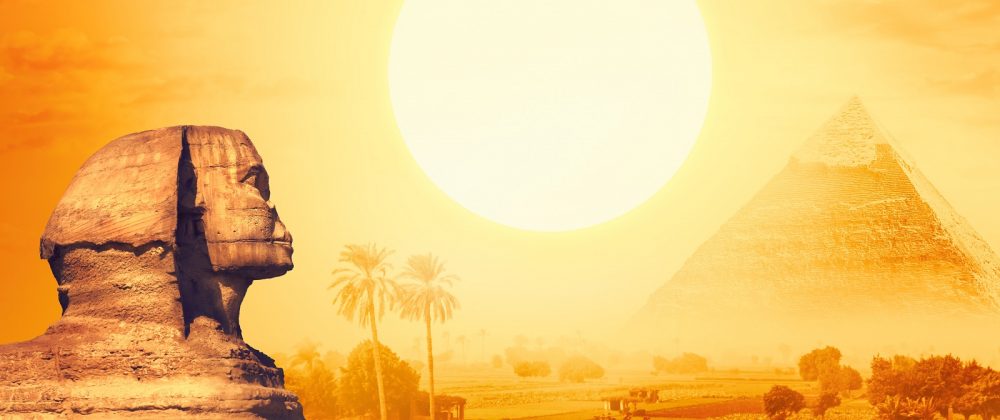
An otherworldly alignment
The Sphinx, however, is not far behind. The ancient statue bears a distinctive astronomical alignment visible during the Sphinx equinox when the Sun sets on the shoulder. This is by no means a coincidence, and the ancient Egyptians who carved the statue arranged this phenomenon on purpose.
As it turns out, this cosmic alignment occurs only twice in a calendar year. Once during the spring in March, and the second time during the fall equinox in September, the Egyptian Ministry of Antiquities has revealed.
During the equinox, our planet’s axis does not point towards or away from the Sun, which means that both the northern and southern hemispheres are equally bathed in the Sun’s light. In other words, this means that both the night and the day are equal in length. The ancient Egyptians were aware of these and many other astronomical facts.
It isn’t surprising to find out that the Sphinx was also accurately positioned to interact with the summer solstice in June when the Sun sets between the Pyramids of Khufu and Khafre. This precise alignment demonstrates without a reason of doubt that the ancient Egyptian purposefully positioned the ancient statue and that nothing was left to chance.
“This phenomenon proves that archaeologists were wrong when they said that the ancient Egyptians had found an ancient rock by accident and turned it into a statue of a human face and a non-human body,” experts from the Egyptian Ministry of Antiquities explained.
Join the discussion and participate in awesome giveaways in our mobile Telegram group. Join Curiosmos on Telegram Today. t.me/Curiosmos



